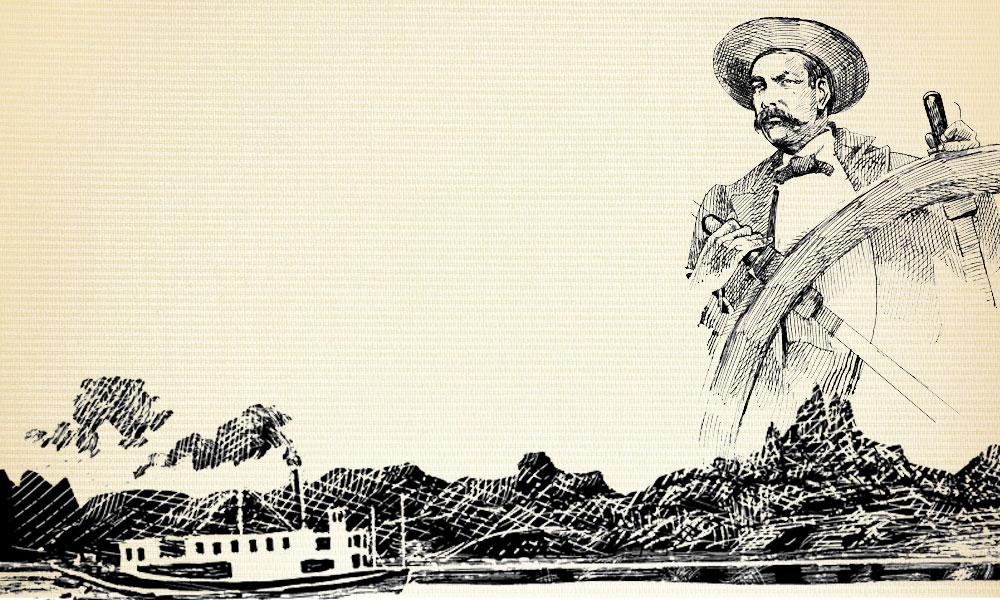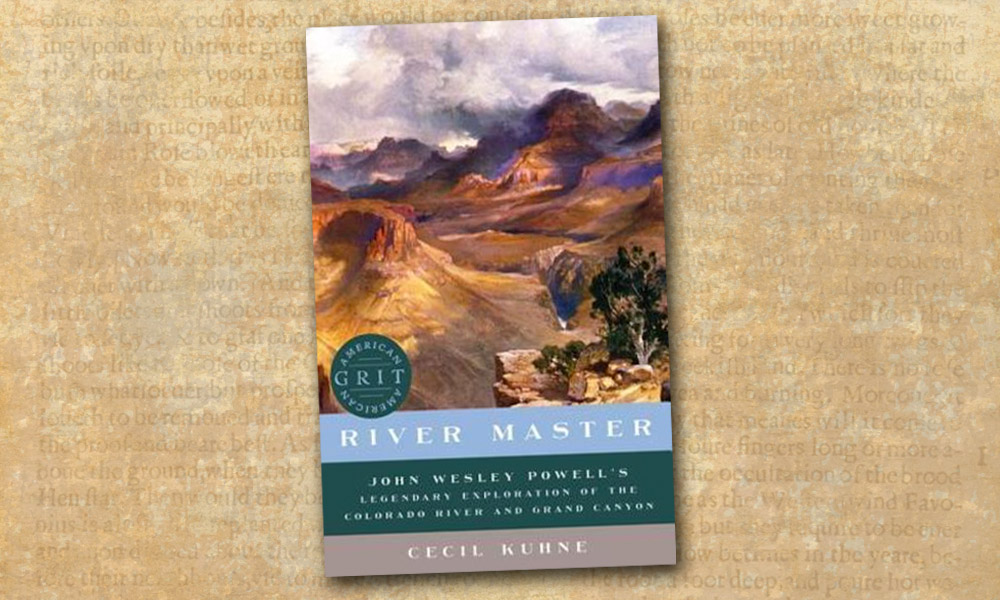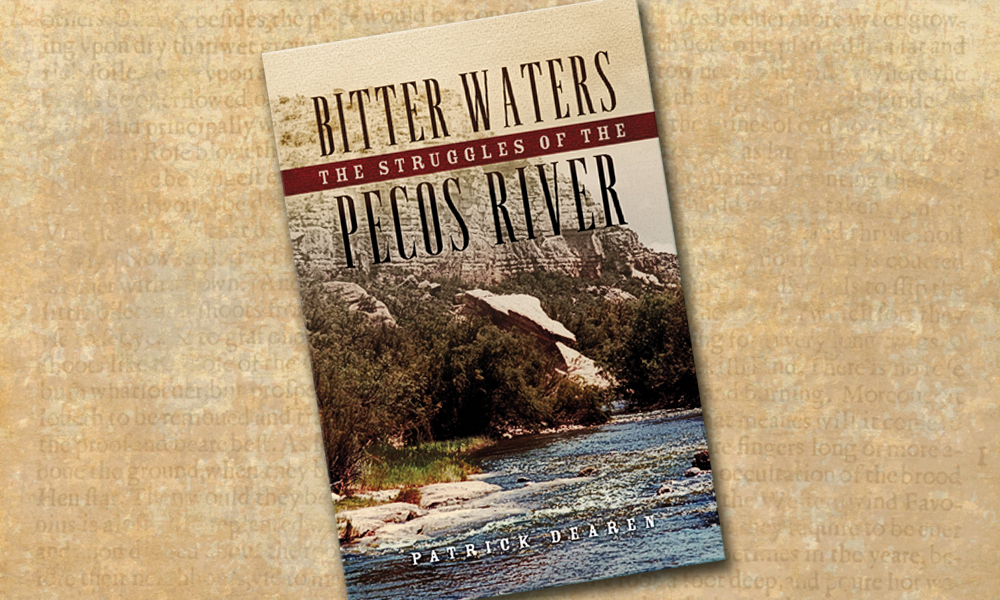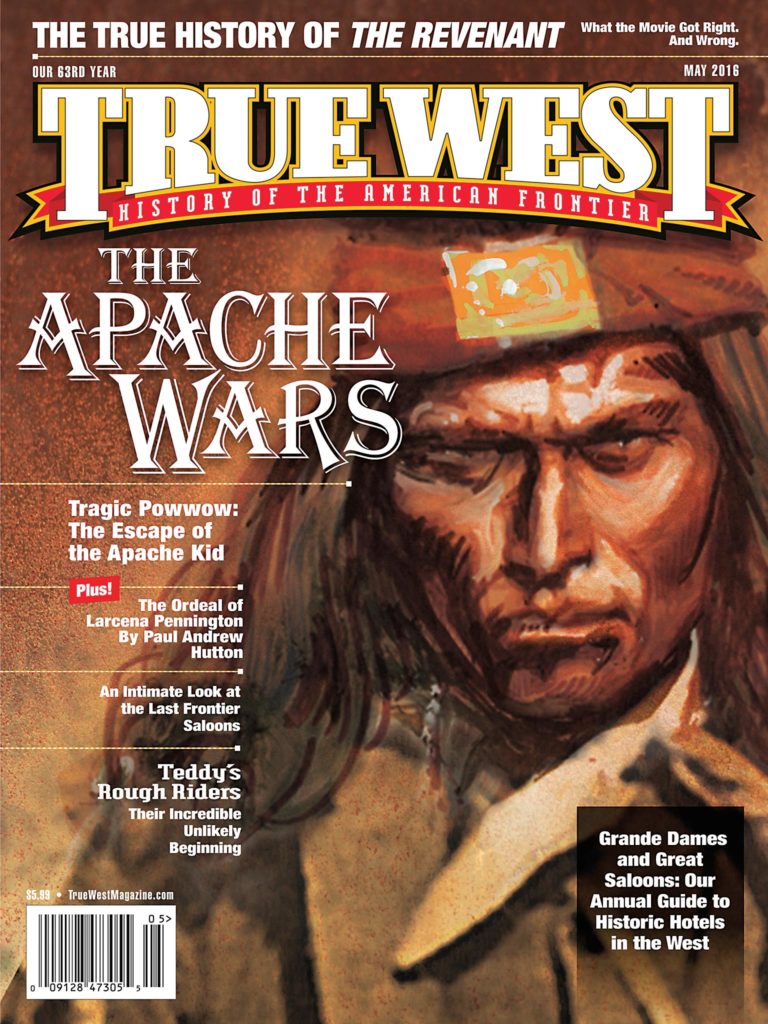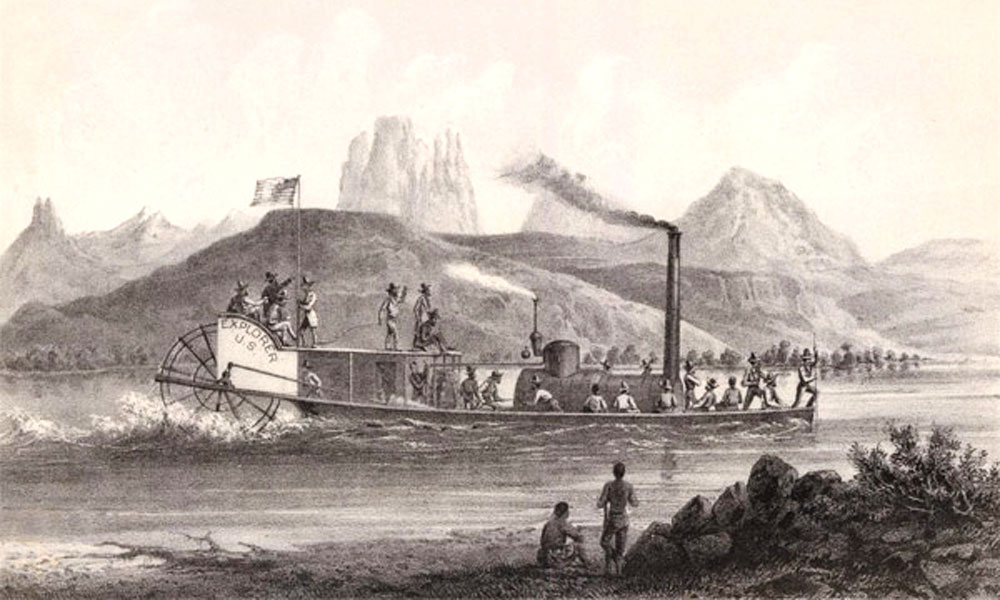
In 1858, friction between the Mormons in Utah and the federal government led to a brief encounter known as the Mormon War. The United States, planning a naval invasion of the “soft underbelly” of Utah, decided to survey the Colorado River to learn if it was navigable, and appropriated $75,000 for a survey.
The storied Army Corps of Topographical Engineers were assigned the task of performing the survey. An iron-hulled sternwheeler was assembled in Philadelphia, where it received poor grades. Regardless, it was disassembled and shipped to San Francisco via Panama. Then it was transported by schooner to the mouth of the Colorado. The expedition was led by Lt. Joseph Christmas Ives.
Ives and his merry men reassembled the diminutive schooner while battling chilly, gale-force winds and christened it the Explorer. The “warship” was only fifty-four feet long and she wasn’t the most graceful looking steamer; the expedition artist, Baldwin Mollhausen, referred to her as a “water-borne wheelbarrow.”
She had an oversized boiler and an undersized engine. The paddlewheel was at the stern while the boiler and smokestack shared the front deck with a four-pound deck-mounted gun. In between was a small cabin and observation deck. Atop the cabin a U.S. flag flapped in the breeze.
The journey upriver to Ft. Yuma took ten days. On the way, the little steamer managed to hit most of the snags and sandbars on that part of the Colorado. Up the river they crawled, traveling as far north as Black Canyon, the site of today’s Hoover Dam, before striking a large rock. While the crew made repairs Ives boarded a small skiff and rowed another thirty miles until they reached the mouth of the Virgin River verifying that during high water a steamboat could navigate all the way to the Virgin. Eventually the Mormons would build a port city at the location.
The U.S. Government never launched a naval force into Utah and the war became a forgotten chapter in western history. The little paddle-wheeler that cost taxpayers $75,000 was sold for a thousand dollars and the new owners relegated her to menial tasks. They removed her engine and turned her into a barge hauling firewood on the Gila River, something that must have chagrined the proud little war ship. She repaid the indignity in 1864 after some workmen tied her to a cottonwood log. In a last independent gasp the free-spirited little ex-naval vessel broke away and headed downstream to the Colorado, drifted into a slough and settled peacefully at the bottom.
Eventually the meandering river changed its course and the Explorer disappeared out in the shifting, whispering sands. Her desert burial ground was accidentally discovered twenty-five years later when a party of surveyors stumbled across a piece of her iron hull sticking out of the sand.


